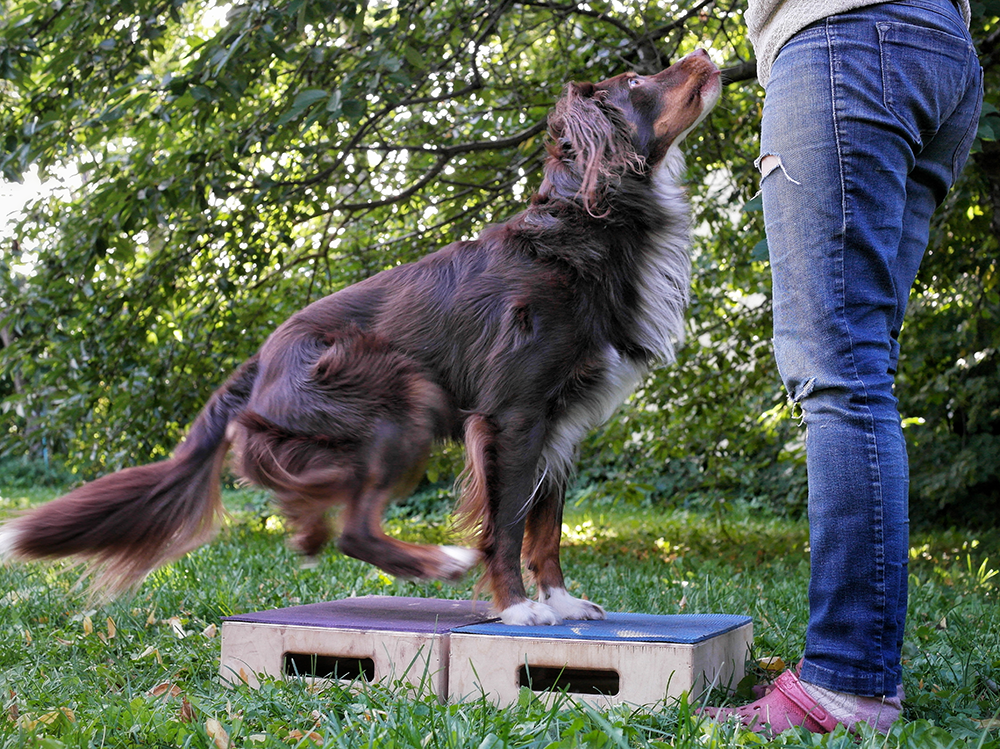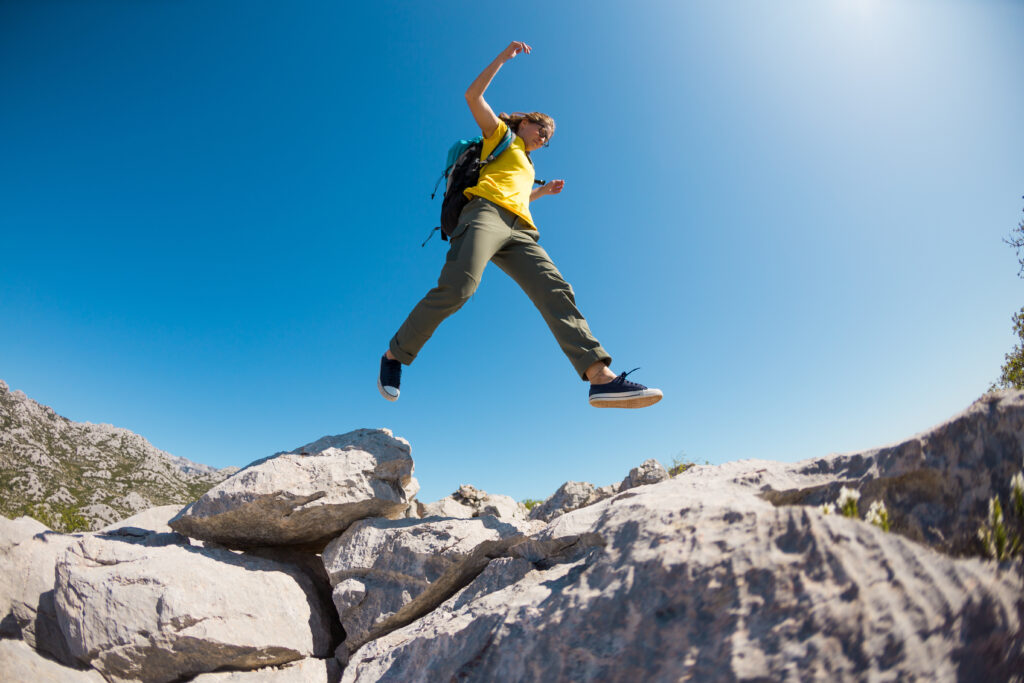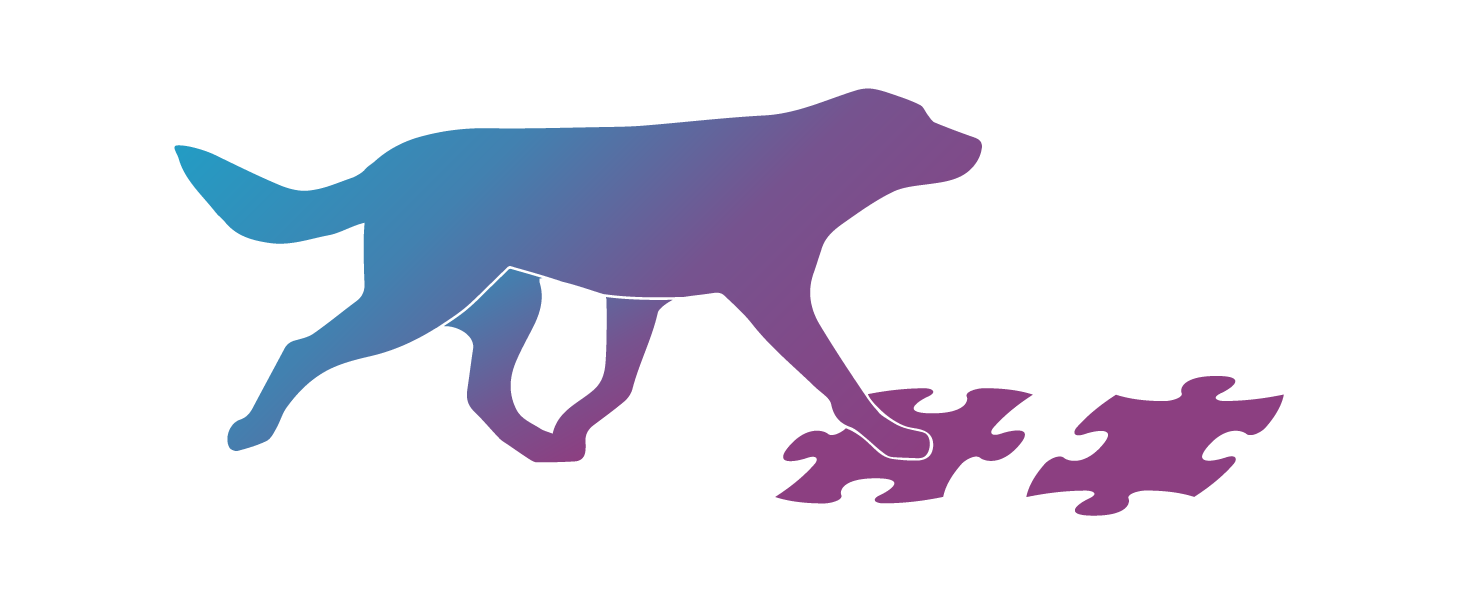In this blog post we’re going to talk about poisoned cues. The topic of poisoned cues tends to have negative feelings attached to it and I’m sorry if this topic is difficult to read. My intention is not to make you feel uncomfortable, but rather talk about dogs physical capabilities and their relation to the development of poisoned cues. I’ve rarely seen this side of things discussed, so here we go 🙂
What is a poisoned cue?
First of all, what is a poisoned cue? A cue is considered to be poisoned when the learner associates both pleasant and unpleasant consequences with that cue. It means that in the learner’s eyes, the outcome of the behavior has over time been in some cases reinforcing and in other cases aversive/punishing. A poisoned cue means that the learner is unsure about the outcome of the behavior – will it be something pleasant? Or something the learner doesn’t like?

Imagine giving your dog a cue during training, a cue that should indicate a well known behavior to your dog. Instead of happily following that cue with lightning speed and wagging tail, your dog delays responding to the cue. He may turn his head away, go sniffing or scratching, show lip licking and then, finally, slowly follows the cue… That’s the kind of effect poisoned cues tend to have.
It’s not about your dog being stubborn or not knowing the cue. It’s about your dog not knowing whether following the cue will have good outcomes or bad ones.
Let’s look at a simple behavior like a sit – it’s a common behavior we can easily imagine teaching to our dogs. When we ask our dogs to sit, always followed by something reinforcing (that may very well be a tasty treat), then our dogs are happy to sit as soon as it’s cued. But what if we tried using force? We ask the dog to sit, the dog doesn’t respond fast enough so we try to push the rear end to the ground. Is that a pleasant experience for the dog? No, it’s not. And it’s very likely that applying force after cueing “sit” generates a poisoned cue – the dog will be showing stress signals next time he’s cued to sit, the response will be slow, and the dog will look as if reluctant to do the behavior.

Learner chooses the reinforcement
As positive reinforcement trainers we try to make sure our dogs have nice and fun experiences during the training, we try to set up the exercises so that the outcome will be reinforcing for the dog. And here’s something we always have to remember – the learner decides what is reinforcing and what is aversive. Offering a treat to your dog is not always reinforcing, there may actually be situations where getting a treat (or the way the treat is presented) is aversive for the learner. While the “sit” example above was very black and white, the real life training situations may be very tricky to figure out what is reinforcing and what is not.
It’s not always us causing the poisoning
We often relate the outcomes of the behavior to something that we do – we give our dogs a cookie when they’ve done well, we may accidentally huff and puff when things don’t go well, we may put pressure on them when it’s too much. And we often relate the poisoned cues to something that WE have done during the training. That somehow WE have made the training situation uncomfortable for the dog.
But what if that’s not always the case? What if it isn’t always something from the outside world creating that poisoned cue? What if it’s something inside the dog?
Imagine asking your dog to sit. You’ve trained it with positive reinforcement and your dog is happy to do the sit. Then you ask a sit on a slippery floor. Your dog sits, gets a treat he loves and his rear foot starts slipping away. He pulls it closer to his body before standing up. And you ask him to sit again. This time your dog is not as keen to sit as before. He shuffles around a bit before going slowly to a sit, looking as if he’s ready to pop up again ASAP.
You don’t have a poisoned cue YET, but if you continued asking your dog to sit on a slippery floor, with his feet really uncomfortably slipping underneath him, you may soon get into trouble. The DISCOMFORT of a foot slipping is AN OUTCOME of a sitting behavior – an outcome that is not pleasant at all!
Example from the human world
Here’s an example. Last summer I started doing more natural movement exercises. I tried exploring nature more, moving more like a child and less like an adult. I have this seaside path near my house that is surrounded by big rocks. I tried going there daily, stepping from rock to rock for as long as possible, not caring what other very important and smart people would think – they were clearly missing out!

Moving on the rocks was a balance and coordination challenge. These rocks are quite tall, the height really added an extra challenge there. It felt super empowering when I could step from one big rock to another one without losing my balance. But when I slipped, it was scary and uncomfortable, especially when I hadn’t done a proper warm up… Every time after slipping it took quite a lot of will power from me to keep on going, for a while I had to stay on an easier “rock path” to get my confidence back.
How the lack of your dog’s physical skills can create poisoned cues in your training
The same happened to Mr Bo. If you’ve been following this blog and my videos, then you’ve seen me saying that Bo finds turning at speed difficult, and more so in one direction. I was doing agility training with him, working on wraps around the jump wings and started training weave poles, practicing entries from different angles. Bo was confident doing these exercises when he had to turn in one direction. But when the exercise asked for a turn in the other direction, his weaker side, Bo became doubtful. Every time I cued the behavior, he’d think for a split second, as if choosing if he really wants to do the behavior that requires the difficult turn.
When looking at his performance more closely, I could see that when he turned to his difficult side, one of his rear legs almost always slipped. Just a little bit. And I could see it making Bo uncomfortable. Now, there were most likely several factors going into this, but I get a feeling that the slipping foot caused enough discomfort for Bo to start generating a poisoned cue. Nothing to do with me or our training in general – Bo’s coordination and balance skills during movement were not good enough and he wasn’t able to fully control his movement, resulting in discomfort and potentially a poisoned cue.
From learning theories and applied behavior analysis we know that being in control of situations is reinforcing for our learners. What if we expanded this to movement:
Being in control of the movement is reinforcing for our learners.
Just like with my own example above – I really enjoyed moving on the rocks when I felt I was fully controlling my balance, coordination and movement. When I lost it and slipped, it was very very aversive.
And that’s one of the big reasons we need fitness and coordination training for our dogs. We need it so that they can become fully in control of their bodies and movement. So that the chances of losing control, balance and coordination would be taken to a minimum. This ensures the movement itself will be reinforcing to our dogs. And the chances of the lack of physical skills generating poisoned cues during training will be taken to a minimum.
If you enjoyed this blog post, share it with your friends using the buttons below
Or leave me a comment, letting me know you’re here! It’s a huge +R for me 🙂
Thank you!
Happy training!
Mari & Co.
Mari Valgma, CPCFT
